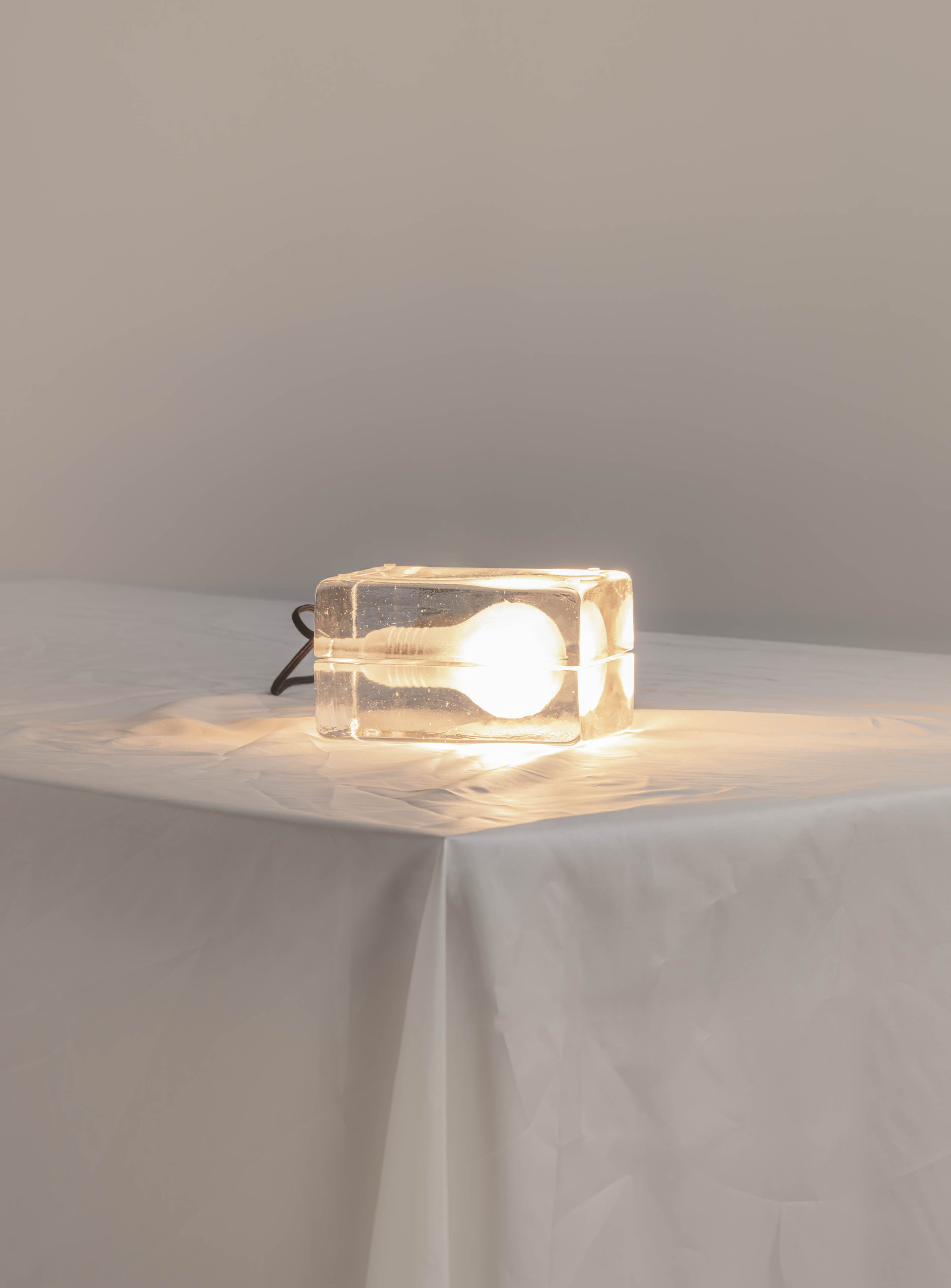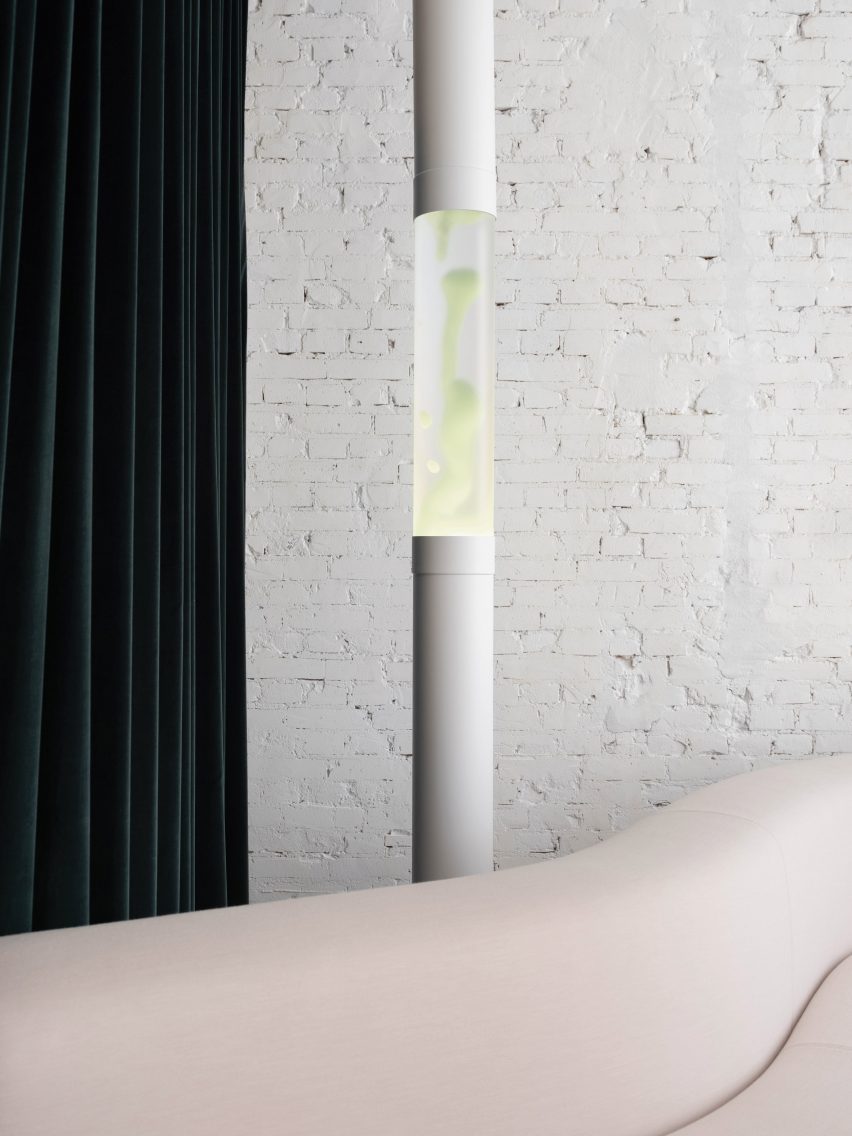It’s Livingstones twentieth anniversary, the iconic, life-sized cushion inspired by pebbles that pile along riverbeds. Smarin, French designer’s Stéphanie Marin’s studio, introduced the lightweight, ergonomic seating in 2003, which has since become the seating of choice for museums, offices and homes around the world.
Livingstones debuted just as minimalism was entering its renaissance, but they offset cold interiors through their biophilic design, which links humans to nature through architectural and industrial forms. By reminding people of rocks, Livingstones evoke the thriving elements that surround them, like moss, water, or frogs. Those objects are also suggested through their upholstery. Livingstones are made from pure virgin wool felted jersey, and are not treated with any chemicals or dyes. The bright, neutral colors allow them to blend into any environment.
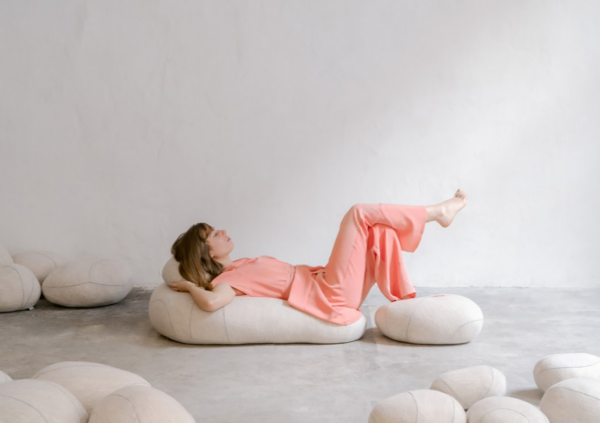
Photo provided by Smarin
The cushions and seats are also unique because they eschew standard sizes. Just like a pile of stones, they each have unique dimensions, and Smarin allowed collectors to customize their set of Livingstones to any interior. One pillow could fit an entire body in repose, or a sequence could be formed, cradling a head, a back, a shin and a foot. They could take on the role of a traditional throw pillow, or they could be the large, statement piece in a living room.
Soon, Livingstones were popping out everywhere. They made their way into museums like the Centre Pompidou and the Palais de Tokyo. Directors stretch their legs on them at the Cannes Film Festival. Acrobats wrap around them at the Cirque du Soleil headquarters in Montreal. Twenty years later, they continue to inspire perfumers in Cartier’s Laboratory and haberdashers at Dior. At the newly renovated Terminal A at Newark airport, I walked past pebble poufs that subdued restless travelers.
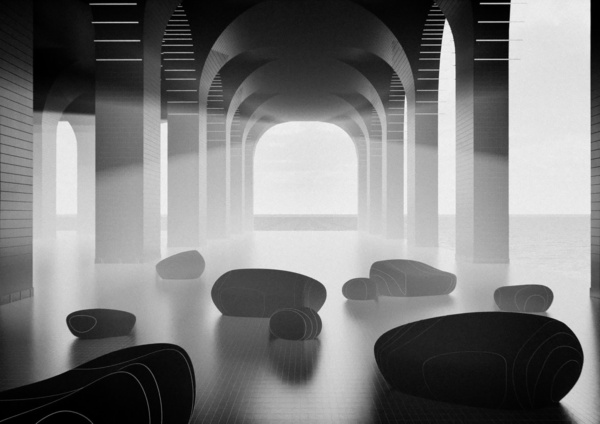
Photo provided by Smarin
Livingstones influence has rippled through the furniture world, spurring more biophilic designs for home interiors. “Pebble Rubble” by the Swedish design duo Sofia Lagerkvist and Anna Lindgren of Front Design for Moroso directly tributes Smarin’s masterpiece in its title. They took advantage of newer technologies to take 3D scans of rock formations to update their shapes. Leland’s “Beach Stones,” have a more traditional form, but adds support by extruding backrests from the base of its seats.
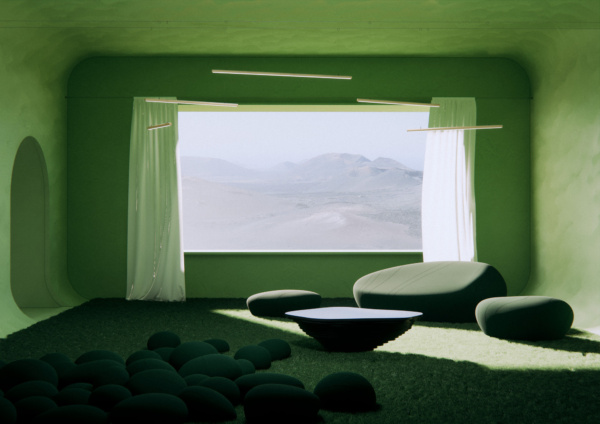
Photo provided by Smarin
To cap off the twentieth anniversary celebration, Smarin has introduced a new, even more eco-friendly version of the Livingstones. The ARDA line coats the pieces with a mossy green texture to emulate lichens that grow over stones in the wild. The upholstery, manufactured by the Danish textile company Kvadrat, utilizes a new spinning process that reduces water consumption between 80 to 95 percent.
As urbanites continue to yearn for the outdoors, the popularity of Livingstones sees no signs of slowing down. They bring a touch of nature into smart homes, and will keep evolving with future trends.

Photo provided by Smarin
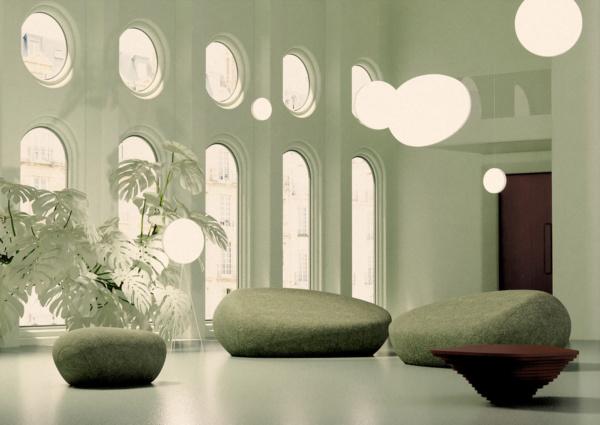
Photo provided by Smarin
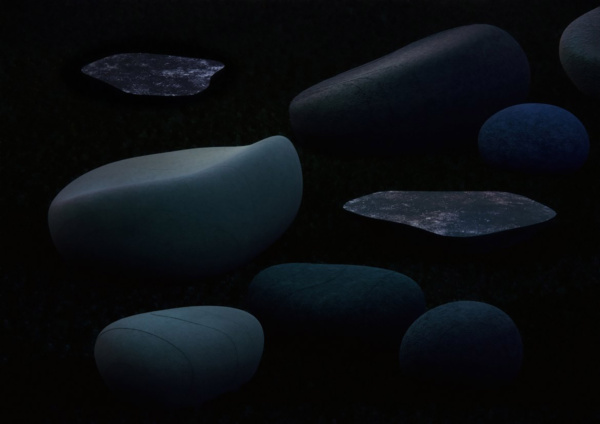
Photo provided by Smarin


